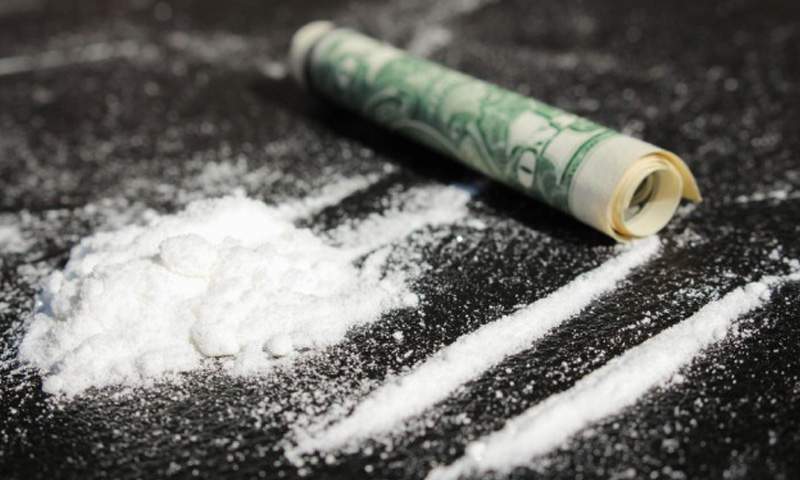Study Reveals How Cocaine Affects The Brain
-
Friday, November 27, 2015
No Comments
A new study into the effects of cocaine has revealed that the drug induces long-lasting remodeling of brain cell connections which alters the brain’s sensitivity to future doses. The findings provide a new insight into how persistent cocaine use leads to increased tolerance and desensitization, and may help to generate new therapies to enable recovering addicts to “erase” their drug-seeking tendencies.
Conducted by a team of researchers at Bordeaux University, the study – which appears in the journal Cell Reports – indicates how the stimulation of a part of the brain's hippocampus called the ventral subiculum (vSUB) sends the dopamine neurons in the ventral tegmental area (VTA) into a hyperactive state. This, in turn, increases the brain’s sensitivity to subsequent low doses of cocaine for a period of at least five days afterwards.
The vSUB has previously been associated with the generation of drug-seeking impulses in response to external cues, and for that reason has been labeled the “addiction centre” of the brain. However, until now, the mechanisms by which it drives this behavior had remained unknown. Speaking to IFLScience, study coauthor Francois Georges explained that the results of the experiment are significant since they have helped to finally identify “a neuronal circuit that for sure is changed during cocaine administration.”
To conduct the tests, the team activated the vSUB of a number of rats using a method called high frequency stimulation, which involves stimulating the synapses – connections between neurons – with bipolar electrical currents. This is known to produce the same effect as taking a high dose of cocaine. By then monitoring the neuronal activity produced by this stimulation, the researchers noticed that the vSUB increased the excitability, or responsiveness, of the VTA dopamine neurons by relaying messages via a region called the bed nucleus of the stria termilanil (BNST). Subsequently, rats displayed increased behavioral responses to “sub-threshold” doses of cocaine – meaning quantities of the drug which wouldn’t normally generate a reaction.
“By synaptic stimulation we were able to change the plasticity of the dopaminergic neurons,” explains Georges. “Through this stimulation we put the brain into a phase where it becomes more receptive to low doses of cocaine. It’s like we prepared the brain to be more responsive to the drug.”
The research therefore sheds light on the neural circuits by which single doses of cocaine alter sensitivity to future doses of the drug, and could lead to a new understanding of how prolonged cocaine use ultimately causes desensitization – although more research is needed in order to determine precisely how this occurs. Further work is also required if these findings are to be put to therapeutic use, since, as Georges explains, “what we found is a way to make cocaine more potent, which is not what you want if you want to treat addiction.”
However, the fact that the neuronal pathways involved in altering sensitivity to cocaine have now been identified provides a useful starting point for researchers seeking to reverse this effect. “The idea now would be to manipulate this circuit to see if we can reduce the effect of cocaine, which could be a lead to decrease cocaine intake in drug addicts,” says Georges.

























